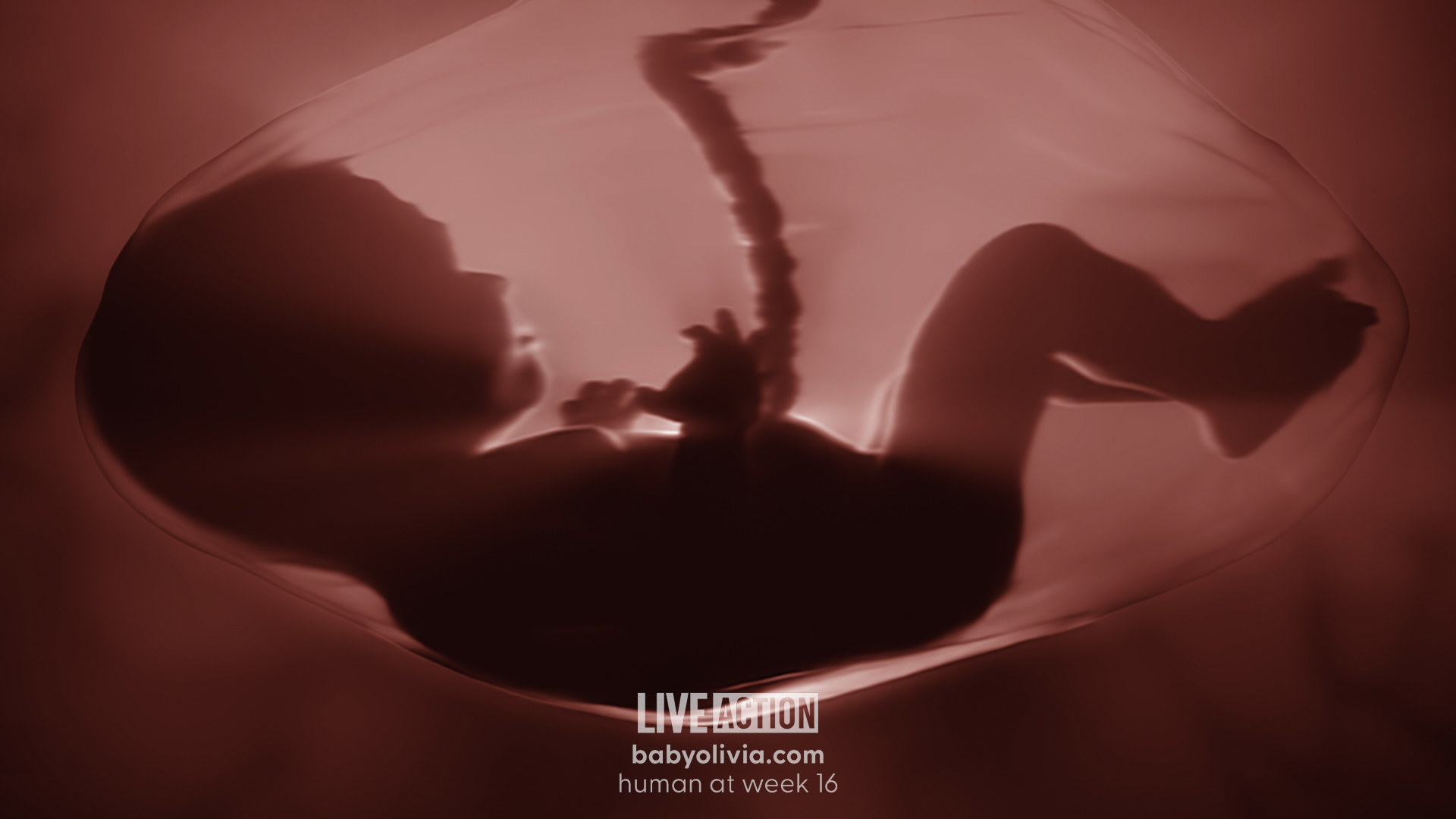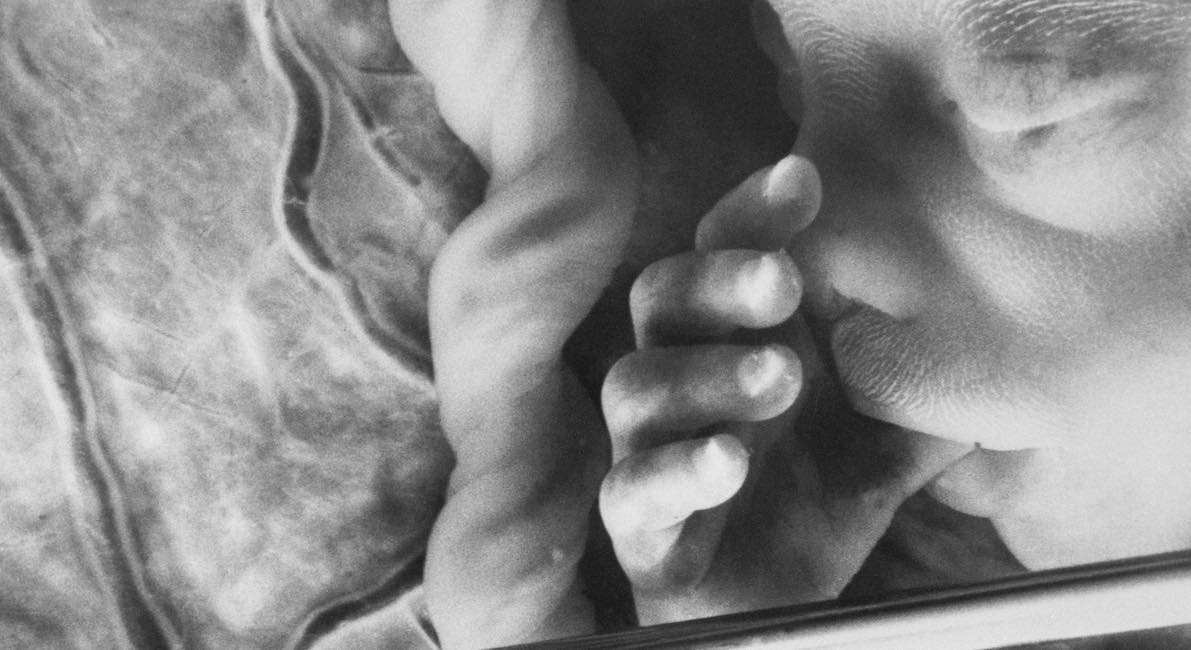The Supreme Court has acknowledged that a “fetus is a living organism while within the womb before and after viability,” argues Mississippi Attorney General Lynn Fitch in her recently submitted brief in the Dobbs v. Jackson Women’s Health Organization case. Therefore, the AG writes, “A viability rule has no constitutional basis, it harms state interests, and it produces other severe negative consequences.”
The Dobbs case centers around a Mississippi abortion law which prohibits abortion after 15 weeks gestation and is soon to be heard by the United States Supreme Court based upon the question, “Under the Constitution, may a State prohibit elective abortions before viability?”

Previable Baby Olivia at 15 weeks (Image credit Live Action)
It would appear that since the preborn child continues growing in the womb from week to week, she would therefore be considered a viable baby. Yet, according to author and legal scholar Clarke Forsythe in his book, “Abuse of Discretion,” Justice Harry Blackmun’s opinion in Roe v. Wade, which legalized abortion throughout the nation, defined “viability” as “the ability for the unborn child to survive outside the mother’s womb.” (emphasis added)
In 2014, Samuel W. Calhoune, a Professor of Law at Washington and Lee University School of Law, claimed that “at the time of Roe, almost all the states still afforded legal protection to pre-viable fetuses…”
“The continuing discord over viability… highlights an issue that remains unsettled… after Roe: Why a state may protect the life of a fetus after it reaches viability, but not before,” observed University of Georgia School of Law Professor Randy Beck back in 2009.
Beck criticized the Court for failing “to offer any constitutional principle connecting state regulatory power and the value of developing fetal life that—when combined with the Court’s definition of viability—would entail the conclusion that the state can only prohibit abortion of a viable fetus.”
“If the Court wants to tie constitutional status to a biological criterion that generates morally random outcomes, it should offer a principled basis for the rule that produces these results,” Beck wrote.
But it did not — as John Hart Ely, a Yale Law School Professor, seemed to say when he wrote in 1973, “The Court’s response here is simply not adequate. It agrees, indeed it holds, that after the point of viability (a concept it fails to note will become even less clear than it is now as the technology of birth continues to develop) the interest in protecting the fetus is compelling. Exactly why that is the magic moment is not made clear….”
Likewise, “In recent decades, advances in care before and after birth have permitted larger percentages of preterm infants to survive at progressively earlier points in gestation…” Beck wrote. “The change in viability statistics over time highlights one of the unfortunate consequences of using viability, a concept developed for medical purposes, as the basis for determining an individual’s legal status under the Constitution.”
How did Roe decide viability?
In his book “Defenders of the Unborn,” author Daniel K. Williams points out that Blackmun recognized, “At some point during pregnancy… the state might have a ‘compelling interest’ in protecting fetal life.”
“He was not sure though where that was,” Williams wrote.
Blackmun originally set the cutoff at end of the first trimester, or first 13 weeks of pregnancy, wrote Journalist Bob Woodward who reviewed correspondence between the Justices on the subject. “This is arbitrary,” Woodward quoted Blackmun as claiming.
“But perhaps any other selected point, such as quickening or viability (of the fetus), is equally arbitrary,” Blackmun wrote, according to Woodward.
“Blackmun’s use of the term ‘arbitrary’ was unusual even in a confidential memo, according to half a dozen legal experts who were read portions of the Roe memos,” Woodward pointed out. “None of these experts could recall reading such a statement in internal communications among the justices or published court opinions.”
Blackmun’s 13-week line received pushback from other Justices, according to the memos Woodward reviewed.
Justices Thurgood Marshall and Lewis Powell advocated “drawing the line at viability…” or the time when the preborn child could survive on her own outside the womb, Williams claimed. Marshall’s concern over Blackmun’s “end of thirteen weeks” line seemed to have little to do with actual science but leaned more toward allowing women additional time to make the decision to have an abortion. “Blackmun changed the opinion somewhat to accommodate Marshall’s concerns, saying that after approximately the first trimester, the states could regulate abortion to protect the health of the mother,” wrote Woodward.
Blackmun eventually compromised and settled on the end of the second trimester, or 24 weeks.
Viability was political, not scientific
“The viability rule that the Court debuted in Roe did not originate as a legal standard,” Beck pointed out. “Indeed, Justice Blackmun borrowed the concept of viability from the medical community,” he added.
According to Forsythe, the Justices’ adoption of “viability” had nothing to do with law or safety. Calling the Court’s rationale “careless,” Forsythe described it as nothing less than a “pragmatic motivation of expanding the time allowances in pregnancy for abortions.”
Geoffrey R. Stone, then-Dean of the University of Chicago Law School, agreed, telling the Washington Post in 1989, “Everyone in the Supreme Court, all the justices, all the law clerks knew it was ‘legislative’ or ‘arbitrary.’”
States have an interest in protecting the previable human
In her Dobbs brief, AG Fitch argues that a state has an interest in protecting previable life and therefore the “viability rule” is not based on the Constitution. “The unprincipled nature of a viability rule harms the Judiciary…” the AG wrote. “A viability rule makes constitutionally decisive such factors as the state of medicine and a woman’s proximity and access to sufficient medical care.”
“No matter what a State learns — about fetal pain, about when unborn life takes on the human form, about women’s health, about what effect performing abortions has on doctors — the State cannot fully act on that knowledge before viability,” the AG wrote, stating Roe and Casey‘s “defense of a viability-based regime is circular and without substance.”
“A viability rule erects an arbitrary line that produces arbitrary results. That cannot stand from the Branch that must act based on principle…” Fitch states, concluding that, “There is no persuasive reason for a viability rule.”
“Like” Live Action News on Facebook for more pro-life news and commentary!







